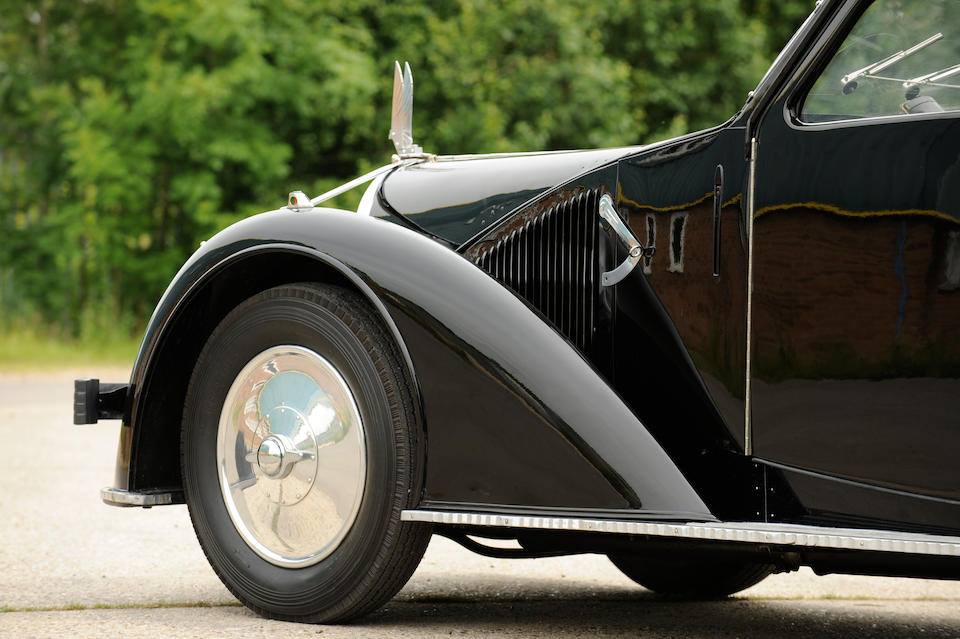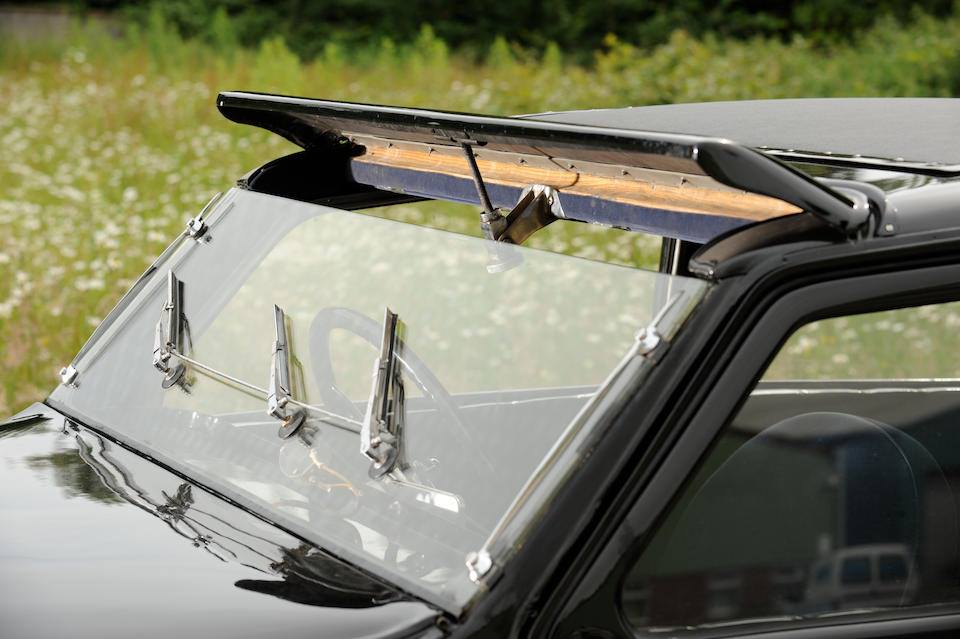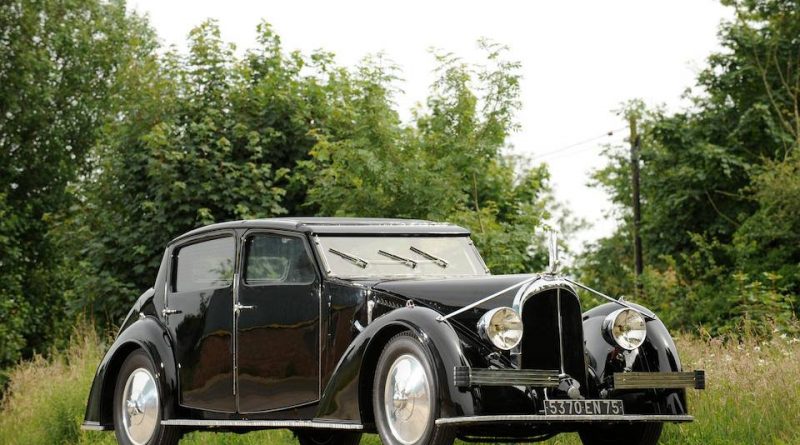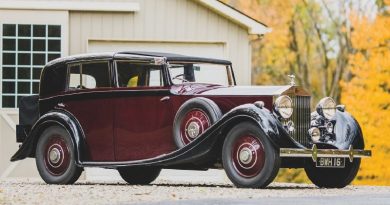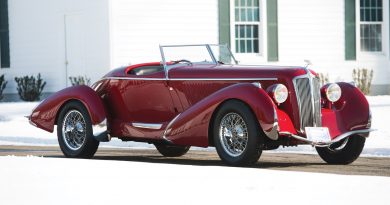1935 Avions Voisin C28 Clairiere Berline
Avions Voisin was a French luxury automobile brand established by Gabriel Voisin in 1919 which traded until 1939.

Gabriel B. Voisin was an aviation pioneer and manufacturer who in 1919 started producing cars using Knight-type sleeve valve engines at Issy-les-Moulineaux, an industrial suburb to the southwest of Paris. Former student of the Fine Arts School of Lyon and enthusiast for all things mechanical since his childhood, Voisin’s uncompromisingly individual designs made extensive use of light alloys, especially aluminum. One of the company’s most striking early designs was the Voisin Laboratoire Grand Prix car of 1923; one of the first cars ever to use monocoque chassis construction, and utilising small radiator-mounted propeller to drive the cooling pump. The characteristic Voisin style of ‘rational’ coachwork he developed in conjunction with his collaborator André Noel. Noel prioritized lightness, central weight distribution, capacious luggage boxes and distinctively angular lines. The 1930s models with underslung chassis were strikingly low.
In the early 1930s, Gabriel Voisin could not pay all of his draughtsmen any more and a young creative engineer named André Lefèbvre quit, recommended by Gabriel to Louis Renault. Lefèbvre finally entered Citroën where he led three particularly significant car projects: the Traction Avant, the 2CV and the DS, using a lot of Gabriel’s lessons.

The first Clairière model produced by Voisin, appearing in 1935, was powered by the C25 engine which had six-cylinders, displaced 3-liters, and featured the Knight patented sleeve-valve technology. It was based on the C24 powerplant. The C28 model soon followed, which had the same body, but fitted with a larger and more powerful version of the engine, now displacing 3.3-liters, and fitted with a Cotal 4-speed electric transmission. In 1935, Voisin now used Lockheed hydraulic brakes, which the C28 Clairière models were given.

The C28 driver started his car with Voisin’s superbly engineered “Dynastart” combination starter motor/generator, then monitored the car’s speed and systems status through instruments placed on a dashboard that was pleasurably aeronautic in origin. The controls for the Cotal electric pre-selector gearshift system, mounted on the unique Voisin steering wheel, further distinguished the car.

The experience in the aircraft industry made its way into the designs of the bodies on the Voisin cars. Gabriel Voisin focused on simplicity, with elegant and aerodynamic designs formed from flat sheets of aluminum. Another benefit of the Voisin’s were their lightweight characteristics.
